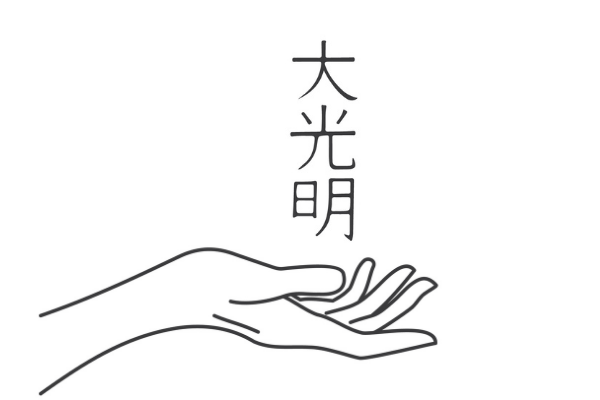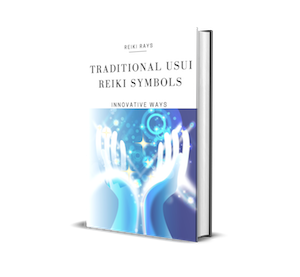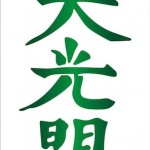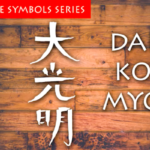During one Reiki Master class, I almost told my students that Dai Ko Myo was the most powerful Reiki symbol. However, just as I was about to say it, suddenly, I stopped talking. My tongue felt glued to the roof of my mouth. I could not say it. It suddenly felt absolutely wrong. What do I say instead? I had no idea, so I was like, okay Reiki Guides, tell me what to say. My tongue was loosed, and I found myself saying, “Dai Ko Myo is NOT the most powerful symbol, it’s actually optional, and some people only use it for attunements and some people don’t use it at all.”
Let me tell you, I shocked myself somethin’ fierce when I heard that coming out of my mouth. Yet, I knew it was true. I simply wasn’t sure why on the specifics.
Later I came upon a book called “Reiki and Japan: A cultural view of Western and Japanese Reiki” by Masaki Nishina. What made the author unique was that he was trained in both Western Reiki and Japanese Reiki.
Confirmation of what I said to my students during class came to me by his writing, for he said, “It may come as a surprise to you but the fourth symbol (DKM), which is taught as a ‘master symbol’ in the third level of Western Reiki, does not and has never existed in Japanese Reiki” (p. 182). He goes on to say that in Japan, the word Dai Ko Myo simply means enlightenment.

Blessedly, Masaki Nishina also talked about why Western Reiki is just as important as Japanese Reiki, how they meet different needs, and that even young Japanese people appreciate the Dai Ko Myo symbol.
I was floored, and elated, because not only did the Spirit of Reiki speak through me accurately, but also one thing I have been telling my students is that Reiki 1 is NOT an inferior version of Reiki. It is the foundation. You can’t build a house without a strong foundation and that is the point of Reiki 1. And Reiki 2 is like receiving the confidence and permission and some techniques that yes, you CAN use Reiki via distance, and for protection, and to heal different aspects of your body and soul. And then Reiki three is about deepening your practice and giving attunements, and teaching.
Dai Ko Myo is actually optional. I love that, because it reinforces that Reiki doesn’t need focus symbols, we do. And it reinforces the idea that Reiki 1 and 2 are equally as powerful as Reiki 3.
I still use Dai Ko Myo because I am used to using it. I was trained in the Western version of traditional Usui Ryoho Reiki after all. And, more importantly to me, when I sing the symbols I like the way I sing Dai Ko Myo as if it were a gong. It feels wonderful. So for me, the answer is “To Dai Ko Myo” with the understanding that it’s perfectly okay to not Dai Ko Myo. Reiki is Reiki regardless of whether who choose to use DKM. I love Reiki.
May Reiki help you stay sane safe and well out there!
Article by Ruth Renate “Lady of Radiant Joy” Davidson
Free eBook download: We’ve created an eBook with our best articles on this topic, and offer it for free to all our newsletter subscribers.


Ruth R Davidson
Ruth Renate “Lady of Radiant Joy” Davidson is a Reiki Master/Teacher who combines Reiki with other body-work, earth-based energy healing practices, and meditation. She loves working with her Divine Team and helping people connect with their Divine Team, including spirit animal guides. She teaches Tarot Energy Healing.
You can also connect with her on Instagram @ladyofradiantjoy and on her website www.ladyofradiantjoy.org. Ruth’s soul vow is: “I Accept All Things for the Preservation, Healing, and Growing, of LOVE.”




Leave a Reply